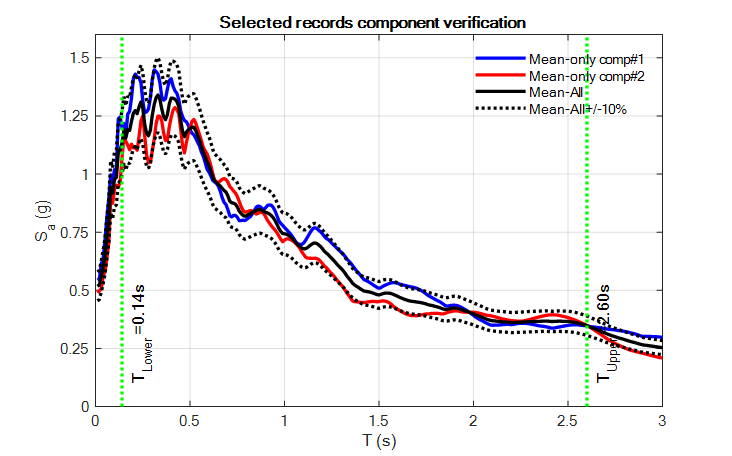The building, built in 1988, stands as an eight-storey structure with a total height of 32m, strategically positioned between Queens Drive and Knights Road in Lower Hutt. Notably, the construction features an off-center concrete core housing lifts and stairs, a design element that triggers a significant torsional seismic response within the structure. This, in turn, can result in undue displacement stress on the perimeter frames.
EnLink, in collaboration with New Zealand Consulting Engineers Ltd (NZCEL), took on the tasks of conducting a site-specific seismic hazard analysis and assisting in the detailed seismic assessment. The primary focus was to explore the feasibility of integrating fluid viscous dampers (FVDs) as a mitigation strategy to minimize the torsional response of the structure. The comprehensive project included a site-specific seismic hazard assessment, meticulous record selection, and the application of nonlinear time history analysis (NLTHA).
Considering the tectonics of the region, we scrutinized active shallow crustal and subduction faults within a 200 km radius from the site. A disaggregation analysis was executed for five return periods. We generated hazard curves illustrating the probability of exceeding a certain level over 50 years for various spectral ordinates at the specified site.
An integral part of the endeavor was the intricate computer modeling of the saddle-like beam-to-column connections. This was indispensable for scrutinizing the vulnerability associated with this specific connection type.

Verification of the mean of one component compared to mean of all records in the set for non-pulse like records.

